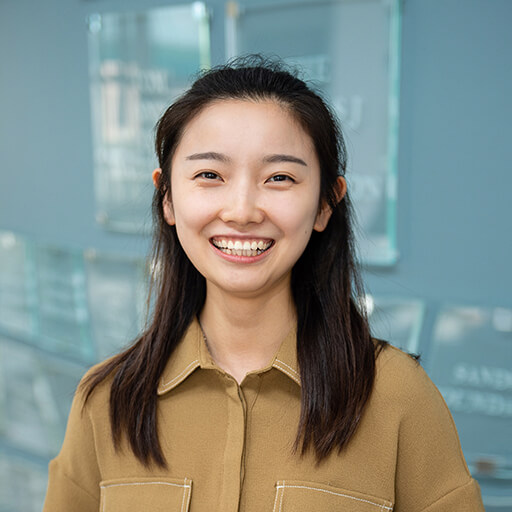Investigating the Mechanical Behavior of the Optic Nerve Head in Glaucoma

About the Research Project
Program
Award Type
Standard
Award Amount
$200,000
Active Dates
July 01, 2021 - June 30, 2024
Grant ID
G2021012S
Co-Principal Investigator(s)
Harry Quigley, MD, Wilmer Eye Institute
Goals
We aim to investigate the mechanical behavior of the optic head in glaucoma patients and determine how it may be altered by glaucoma damage. In Aim 1, we will measure the deformation response to IOP change of the tissues of the optic nerve head (ONH) of glaucoma patients using optical coherence tomography. We will develop in Aim 2 a method named the virtual field method to analyze the deformation and determine the mechanical properties of the tissues of the optic nerve head. We will analyze the deformation and material properties for changes with loss of visual field and retinal nerve fiber layer.
Summary
The goal of the proposed research is to understand the relationship between the biomechanical behavior of the optic nerve head and the susceptibility and severity of glaucoma damage. We hypothesize that the deformation of the optic nerve head caused by the intraocular pressure is an important factor in the development and progression of glaucomatous axon injury. The proposed research aims to measure the deformation of the lamina cribrosa, a connective tissue structure in the optic nerve head that supports the optic nerve axons, in patients caused by a short-term change in the intraocular pressure by laser suturelysis and wearing tight-fitting swim goggles. We will apply an imaging method called optical coherence tomography and a newly developed digital volume correlation method to measure strains in the lamina cribrosa and analyze for the effects of age, glaucoma damaged, and structure. We will then apply a newly developed computational method to calculate the material properties of the optic nerve head tissues from the measured strains. We will analyze both the strain response and the material properties for association with glaucoma damage to determine whether these can be marker to glaucoma damage. The implications of this work can be important to understanding the susceptibility of individuals to glaucoma and to developing new diagnostics techniques and new therapeutic strategies.
Unique and Innovative
The project provide unique methods that can accurately and repeatably measure deformation and determine mechanical properties in the optic nerve head in patients. This simple method can be translated readily to any clinical environment. The findings of the project will increase our understanding of how the mechanical properties and strain response of the ONH vary with age, sex, glaucoma damage, and structural features of the ONH.
Foreseeable Benefits
The methods and outcomes from this project will enable for patient-specific glaucoma therapies.
Related Grants
National Glaucoma Research
Human Retinal Regeneration to Cure Glaucoma
Active Dates
July 01, 2025 - June 30, 2027

Principal Investigator
Karl Wahlin, PhD
Current Organization
University of California, San Diego
Human Retinal Regeneration to Cure Glaucoma
Active Dates
July 01, 2025 - June 30, 2027

Principal Investigator
Karl Wahlin, PhD
Current Organization
University of California, San Diego
National Glaucoma Research
From Resilience to Vulnerability: How Stress Accelerates Aging
Active Dates
July 01, 2025 - June 30, 2027

Principal Investigator
Dorota Skowronska-Krawczyk, PhD
Current Organization
University Of California, Irvine
From Resilience to Vulnerability: How Stress Accelerates Aging
Active Dates
July 01, 2025 - June 30, 2027

Principal Investigator
Dorota Skowronska-Krawczyk, PhD
Current Organization
University Of California, Irvine
National Glaucoma Research
Why Certain Retina Ganglion Cells Stay Strong in Glaucoma
Active Dates
July 01, 2024 - June 30, 2026

Principal Investigator
Mengya Zhao, PhD
Current Organization
University of California, San Francisco
Why Certain Retina Ganglion Cells Stay Strong in Glaucoma
Active Dates
July 01, 2024 - June 30, 2026

Principal Investigator
Mengya Zhao, PhD
Current Organization
University of California, San Francisco


